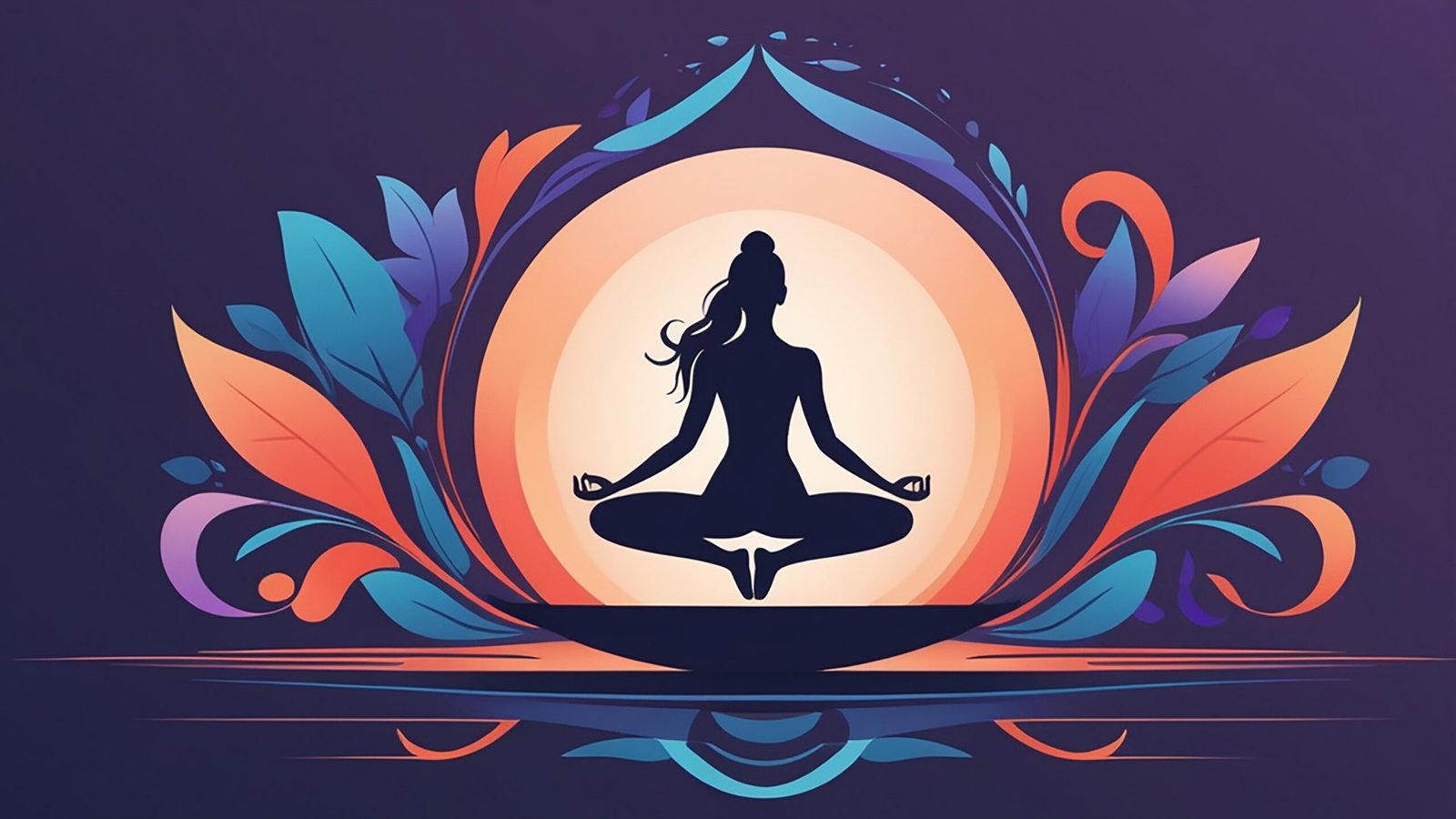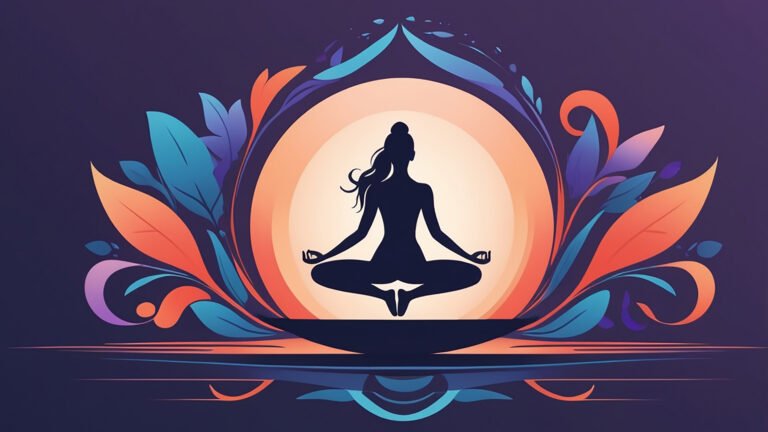— Introduction :
Viparita Karani literally means “the reversing action” or “the reverse process.” In the yogic tradition, this posture is more than just an inversion—it is a Mudra, an energetic seal practiced to reverse the downward flow of Prana (Apana) and merge it upward with the vital life force (Prana) in the Sushumna Nadi.
It is often referred to as Viparita Karani Mudra in classical Hatha Yoga texts like Hatha Yoga Pradipika and Gheranda Samhita, where it is praised as a key practice to slow aging, balance the doshas, and awaken the subtle spiritual forces.
Unlike more strenuous inversions, Viparita Karani is gentle and passive, making it accessible to practitioners of all levels. It deeply relaxes the nervous system, soothes the heart and brain, and reverses physical exhaustion, emotional depletion, and the karmic pull of worldly distractions.
Energetically, this Mudra redirects the flow of amrita (divine nectar) from dripping downward and helps conserve Ojas, the spiritual essence. Spiritually, it is said to delay death and deepen meditative absorption.
— Step-by-step Instructions :
- Lie flat on your back with legs extended
- Place the hands under the hips and slowly lift both legs up to 60–90 degrees while inhaling
- Raise the pelvis gently and support the lower back with both hands, keeping elbows close to the body
- The chest remains relaxed, and the neck comfortable—not strained
- The legs remain straight or slightly bent, depending on comfort
- Keep the eyes closed and the breath slow, focusing on the upward flow of energy
- Maintain the pose from 1 to 10 minutes as per capacity
- To release, slowly lower the pelvis and legs, resting flat in Shavasana
— Physical And Mental Benefits :
- Enhances circulation and lymphatic drainage from the lower body
- Reduces fatigue, leg swelling, and varicose veins
- Soothes the nervous system and promotes mental calm
- Balances endocrine glands, especially thyroid and adrenals
- Rejuvenates internal organs and slows aging
- Promotes better sleep, reduces anxiety, and stabilizes mood
- Redirects prana upward toward the Sahasrara Chakra
— Precautions to Keep in Mind :
- Avoid during menstruation and pregnancy
- Not recommended in case of severe neck stiffness, glaucoma, or high intracranial pressure
- Beginners should avoid holding the posture for too long
- Use support (bolster or wall) if there is discomfort in the back
- Always practice after guidance if used as a Mudra for advanced energetic work
— Beginner’s Tips :
- Practice near a wall for support and balance
- Use a folded blanket under the hips for comfort
- Keep the neck in neutral position—do not lift the head
- Breathe softly through the nose and focus on silence within
- Begin with 1–2 minutes and gradually increase
— Best Time to Practice :
- Evening is ideal, especially after a long day
- Can be practiced before meditation or sleep
- Avoid immediately after meals
- Practicing daily, even for 5–10 minutes, offers profound restorative effects
— Advanced Variations :
- Viparita Karani with Wall Support – Rest the legs straight up against a wall, arms relaxed, for restorative effect
- Viparita Karani Mudra (Energetic Form) – Involves subtle bandhas (Jalandhara Bandha and Uddiyana Bandha) and breath retention
- Niralamba Viparita Karani – Without hands supporting the back, requiring strong core control
- Padma Viparita Karani – Perform the Mudra with legs in Lotus (Padmasana) position
- Viparita Karani in Sarvangasana Flow – Practiced in transition from or to Sarvangasana or Halasana
— Wrapping Up :
Viparita Karani is a divine bridge between body and soul, between effort and surrender. As the legs rise above the heart and the mind slips into stillness, the practitioner experiences a reversal—not only of gravity, but of inner noise. This sacred pose resets the nervous system, reverses karmic momentum, and redirects the life-force inward. In its quiet embrace, we realize the power of simplicity and the grace of turning within.


